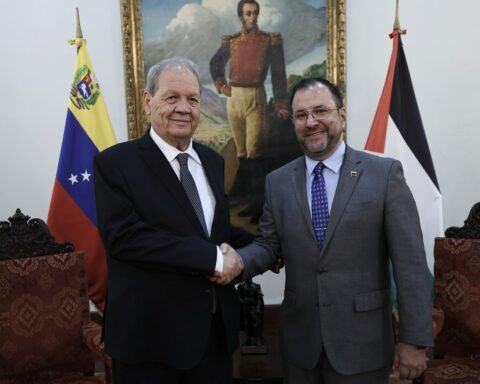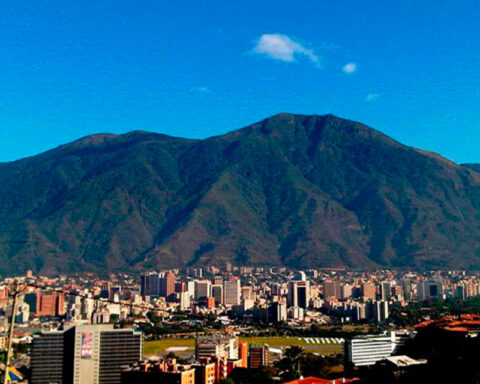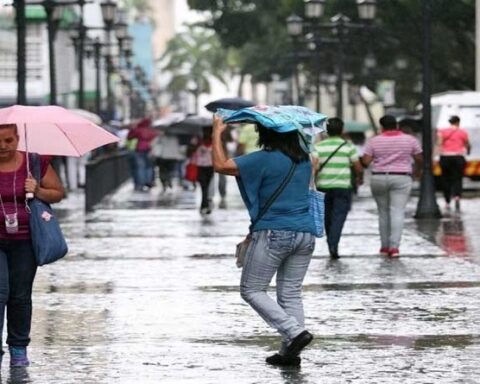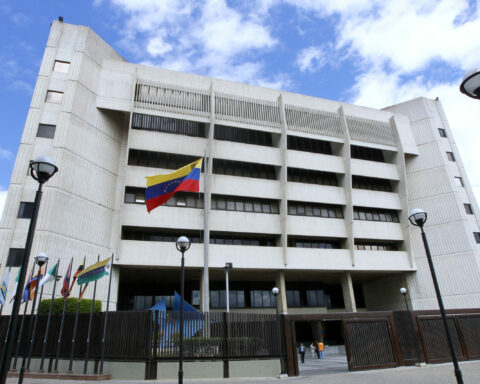After 14 years since the first loans from China to governments, Beijing managed to sell more products to Latin America and accessed new sources of oil. It also consolidated its engineering firms in the region at the cost of the high indebtedness that the countries ended up assuming.
Text: James Moreno
China’s multimillion-dollar loans to a handful of countries in the region have come to a standstill. During the last two years no new loans have been issued. Experts explain the brake on direct loans from China to governments, arguing that at this time they focus on making loans to their own companies with a presence in Latin America.
Since 2007 and uninterruptedly, China had been financing countries of strategic interest for their energy resources. Venezuela, Brazil, Ecuador and Argentina were the largest recipients of the 117 credits for an amount of 137,000 million dollars granted by the China Development Bank and the Export-Import Bank (Exim) of China.
Among the general conditions of these loans is to pay part of them with oil and use the credits in purchases from China and make contracts with engineering firms from that country to facilitate landing in the region. In 2010, loans reached the highest peak of disbursements of 34.5 billion dollars for Latin America.
China managed to get loans to governments for large infrastructure works executed by its own companies to help them gain experience in Latin America, at a time when “they had no connections at all. They didn’t know anyone. They did not understand the operating and investment environments…Therefore (loans) were a natural way for China to help these companies to establish themselves…and that is why all those credits”, said Margaret Myers, a researcher at the Voice of America. Inter-American Dialogue in Washington.
In his most recent post on the role of Chinese loans in the region, Myers identifies that loans that used to go to governments are now being directed directly to projects involving Chinese companies that already have their “own connections, already they don’t need the assistance. They can get their own businesses…it’s a different mechanism,” explains Myers. In 2020 and 2021, the Bank of China and the Industrial and Commercial Bank of China disbursed 12 direct loans to private projects or public-private partnerships in the energy, mining, and infrastructure sectors in Argentina, Peru, Brazil, Mexico, and Colombia.
While Chinese companies managed to consolidate in the region, the governments that helped them in that purpose ended up excessively indebted. The multimillion-dollar credits delivered by China without measuring the countries’ ability to pay, “could encourage governments to spend beyond their means, catalyzing the debt problem in the future,” says Stephen Kaplan, in his new book on the economic policy of financing that China applied to Latin America.
*Also read: Two years into the pandemic, China once again confines 40 million citizens
The case of “unfavorable” Chinese loans for Ecuador
Ecuador owes China close to 5,000 million dollars, equivalent to 11% of its total external debt. The pressing situation for Ecuador is that it must pay China 42% percent of that debt, of 2,077 million dollars before the end of 2024 with barrels of oil at a price that Petroecuador considers unfavorable because it loses 3.6 dollars for each barrel. delivered to China. Decoupling the debt with China from oil and extending the term to pay it was the request of the president of Ecuador, Guillermo Lasso, to his counterpart Xi Jinping during the February visit to China and it is an issue under discussion.
Mauricio Pozo, who was Ecuador’s Minister of Finance between 2020 and 2021, and dealt with the inheritance of Chinese loans contracted by former President Rafael Correa, assures that the agreed conditions were very “disadvantageous” because some credits are tied to the contracts of Petroleum. “It seems to me that they were operations that did not respond to the principle of public debt in general, such as the sovereign guarantee of the state and that there is no other type of guarantee,” former Minister Pozo told the Voice of America.
Traditional loans from the World Bank, the Inter-American Development Bank or the International Monetary Fund are not tied to oil or any other state asset. Much less to impose the purchase of goods or services from a particular country. In most cases, the condition is that the countries adopt certain fiscal measures to guarantee that the payment of the debt is sustainable over time, and that is the big difference with Chinese loans.
Despite the overindebtedness assumed by Ecuador and other countries in the region with China, former Minister Pozo does not believe that Beijing’s credits to governments will disappear completely. “It does not necessarily mean that it will no longer lend to the public sector. It may be that they are lending more to certain companies, but it is part of the strategy of greater presence in the region” to gain ground in the financing of the private sector.
*Also read: Twinning China-Latin America. What are they and where do they go?, by Andrés Raggio
With Venezuela the Chinese “burned their fingers”
The uncertainty to recover the money lent, especially to countries like Venezuela, which received about half of the loans, for 65,000 million dollars, is another reason for China’s brake on issuing new loans to governments, according to Margaret Myers. “China has faced this problem before the pandemic and during the pandemic it has become much more of a challenge. We have seen efforts by China to restructure the terms of some of the debt tranches in Venezuela and also in Ecuador,” Myers said. The loans are being paid off, but more slowly than China had initially estimated.
Jorge Heine, a member of the China Global Initiative at the Center for Global Development Policy at Boston University, told the Voice of America that indeed China “burned its fingers” with Venezuela because the country “continues to owe it 19,000 million of dollars to China”, but assured that perhaps the most important reason why China reoriented its lending strategy to governments in Latin America, is that China “is going to concentrate more on development and internal investment in the coming years. years”.
Heine, who was also Chile’s ambassador to China, agrees that Chinese companies in Latin America no longer depend solely on construction contracts tied to Chinese loans because they have been participating in open tenders in countries where there are no Chinese loans for some time. government to government as in Chile, Colombia, Peru or Mexico. “Chinese companies have realized that, to participate in projects in Latin America, they have to be able to win them in open tenders, open contests because if not, they will not have access to the projects,” assured Heine.
After 14 years since the first disbursements of Chinese loans to governments, not all projects executed were successful due to issues of corruption, conflicts with communities, labor and the environment.
“Some have not even been completed, like the $2.7 billion Tinaco-Anaco railway in Venezuela and a $200 million rice processing plant in Delta Amaruco. However, Chinese banks continued to grant loans to Venezuela,” says a report by the Latin America Sustainable organization, which documented China’s lack of follow-up on the projects it was financing. “In the case of Venezuela, much of the money disappeared completely. The benefit in general terms is little, ”says Margaret Myers.
Since China’s first loans to governments, Beijing has been able to sell more products to Latin America and gain access to new sources of oil. In addition, it consolidated its engineering firms in the region at the cost of the high indebtedness that the countries that contracted the multimillion-dollar loans that they are now trying to renegotiate with China ended up assuming.
Post Views:
883








